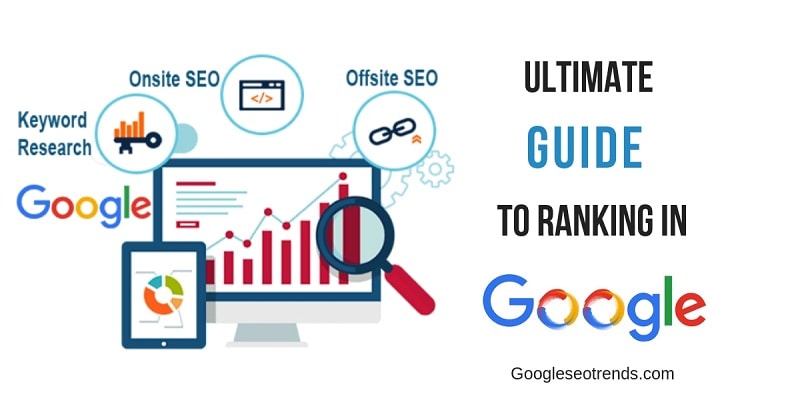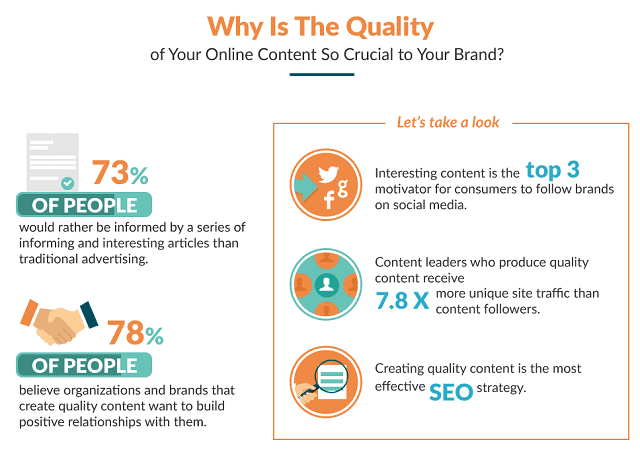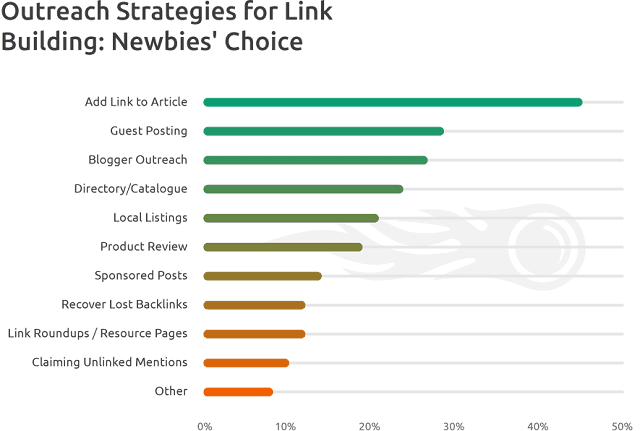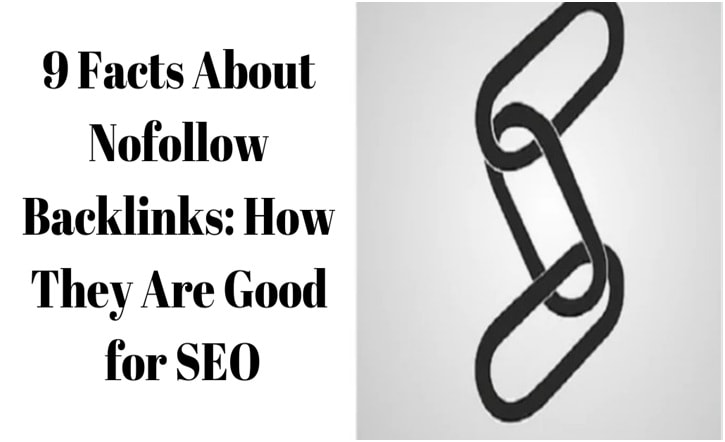All online business owners and SEO agencies want to rank high in Google.
In fact, there are over 3 million blog posts every day trying to take the #1 spot.
But, the actual “how-to” of ranking has been unknown to your average business for years.
Today’s the day you learn the 3 step process to rank high in google.
And when you do take that #1 spot, it can fuel your business with new customers and clients forever.
Normally in my posts, I give a table of content so you can skip around, but for this, you must read every last word from start to finish of this rank high in Google guide.
Anyways, let’s get right into it…
Step 1: Keyword Research
Every post that ranks on Google starts with great keyword research.
If you skip it, you’re going to launch your post to see crickets in response.
Keyword research is the bloodline of SEO and cannot be rushed or skipped.
It’s one of those things where an extra hour of work can result in a massive amount of traffic to your website.
Now in case, we have any newbies reading here let’s start from the beginning…
What is Keyword Research?
Keyword research at its base is simply finding out what keywords you should try to rank for on Google.
If I was writing an article about growing biceps, my keyword research would help me identify the phrase I should optimize my article around.
The Three Types Of Keywords:
It’s best to sort keyword research into three different categories – short tail, medium tail, and a long tail.
These categories are based on how many words each phrase contains, which helps determine how competitive each phrase will be.
Short Tail:
A short tail keyword is generally 1-2 words and competitive.
Yet, at the same time, these 1-2 word phrases get a lot of people searching for them every day. My guess why? People are too lazy to type more than two words into Google.
Medium Tail:
Medium tails are as you would expect, the middle section of keyword phrases.
They are 3 or 4 words long and are a great option to use in SEO nowadays.
Long Tail:
Long tail keywords are long search phrases with 5 words+. They are very specific and much easier to rank for than short or medium tail keywords.
With Google’s Panda update, long-term keywords aren’t as important as many still think. Yet, as a brand new site, they can be a great way to pick up some steam.
Read more: All That You Need to Know About Long Tail Keyword and its Impact
Which one should You use?
Honestly, it’s up to you and heavily based on your own site.
There is no magical length of keyword that will make you skyrocket to #1 on Google.
Each is good for different sites and businesses.
For example, if you’re running a store/e-commerce type business, long-term keywords will be a great choice.
Why? Well if a user searches, “Where to buy a bench press”, there’s a high chance they want to buy a bench press. But if someone typed “bench press” they may not be ready to buy yet.
Now To Start Researching…
Make a list of at least 10 possible keywords. I would suggest using a long or medium term. You can take help of any keyword research tool.
After you make your list, plug the keywords into Google keyword planner to find some alternatives – for free.
Lately, Google has made it incredibly hard to use Google keyword planner without paying for an ad campaign. If you have tried to use it before, you’re going to need to create a new Google account.
Here’s The Exact Process To Get To Google Keyword Planner in 2019:
- Create a Gmail account and sign into Google keyword planner
- Skip every step asking you to create an ad with AdWords.
- Click on tools and go to Google keyword planner.
If you want to find some better alternative keywords and filter them, you can use Semrush. It does carry a well-justified price tag though.
Anyways, after you’re in Google keyword planner…
Type in one of the keywords from the list you made earlier. Google keyword planner will then show estimated search results and CPC for each suggested keyword.
IF you don’t know what CPC is…
CPC stands for “cost-per-click”.
If something has a high cost-per-click, there are probably a lot of people paying Google to rank as an ad for it. Which more often than not means the keyword is valuable to rank for.
You are looking for keywords with a medium amount of search volume and a high CPC.
Making Sure Your Keyword Will Rank before Typing A Word…
Some of the keywords you find with medium search volume and high CPC will be almost impossible to rank for.
It’s your job filter through what keywords you actually have a chance of ranking for in the first place.
You could be really technical about this and check page and domain authority of each site, but to be honest, that’s not very important. You can do it much more simply…
How To Filter Through Keywords to Guarantee Success…
There are two things I check when seeing the competition of certain keywords.
- The pages already at the top.
- The number of search results.
Let’s start with #1:
the pages that are already at the top can almost instantly let you know how hard it’s gonna be to rank.
If you see a bunch of well-known sites like Entrepreneur.com, Forbes, and Business Insider, there’s a high chance you’ll have a hard time ranking. But if the sites aren’t industry leaders, you have a good chance of placing #1.
#2:
The amount of search results isn’t as important as the actual sites ranking at the top; yet, it can give you a good idea of how competitive the keyword is.
Fewer search results = a higher chance of ranking, but as I said, #1 is much more important than this.
Let’s move on.
Alright, so far you have:
- Brainstormed a list of keywords.
- Found alternatives in the Google keyword planner.
- Checked out the competition of every keyword to see if you have a chance to rank high in Google.
If you haven’t done any of that. Stop. Go back and do those steps, then read along again.
If you have done that, now it’s time to choose a keyword.
Now that you’ve done all the research, picking a keyword isn’t that hard.
Just choose one of the keywords you found that didn’t have huge sites ranking on the first page and that had a decent amount of search volume.
After you’re done, we’ll get into another important phase:
Phase 2: Creating Amazing Content That rank high in Google
You may have heard the saying “Content is King”.
That phrase is both true and BS at the same time.
Quality, informative content that gets seen is king, but content for the sake of creating content is never going to reach that #1 spot.
You see, since this method to rank high in Google is for smaller sites that aren’t already getting thousands of visitors every month, great content is needed.
Read more: Content is King or King is Dead Today?
But How Do You Create Great Content?
A lot of people think, “oh, I can’t create good content, I’m not a writer”.
But the truth is, grammar that would get an A+ from your English professor back in high school is not the same type of writing that does well online.
Don’t believe me?
I have been paid thousands of dollars to write copy for businesses and my grammar is a wreck.
English is my worst subject in school and in the online world, that’s a good thing.
If you can talk in a way that makes people listen, you can write the same.
It’s been found that content that ranks on Google is both in-depth, informative and practical.
Writing in-depth content is all about teaching someone everything they need to know about a topic to go from beginner to expert.
One easy way to check if your content is in-depth enough is word count.
2,000 words should be your absolute minimum. I recommend aiming for about 4-8k words.
Writing informative content pretty much explains itself. You don’t want to use 4,000 words talking about total BS. You want each word to count and serve a purpose.
Practical content is also fairly simple to explain:
Your article should leave the reader knowing what to do.
There is so much random clutter online, but very little of it is usable, which makes people love your practical content.
For example, a 4,000-word article about why you should start doing SEO isn’t as practical as this post – a complete guide to rank high in Google.
This post has a follow along element to it, which gets shared and linked to often.
Read more: Content Writing Tips and Techniques to increase Website Traffic
So, now that you know what your content needs to be like, it’s your job to make it around your keyword.
This will take a while but will be well worth it.
And that’s phase 2 done, so let’s move on.
Phase 3: Promotion
This is where you rank your article!
If you haven’t finished creating your killer, in-depth piece of content around a well-researched keyword, stop and go back.
Done? Alright, let’s get right into it.
Content promotion is what separates great content that gets thousands of visits and great content that sees crickets.
The content promotion has two main parts.
First, we want a bunch of people to see it, so Google knows it’s good. Then we want to build as many backlinks to it as possible, so Google knows it’s AWESOME!
Let’s start with the first:
The way I like to promote content is to find people who already want to see it, then show them it.
It’s a simple concept. The hard part is getting all the details right.
Our first step is gathering a list of people who will love your content.
I want to keep this guide simple and actionable, so I’m not going to go into my advanced methods. However, I do have a basic-beginner way to do this that you can do for free.
It starts with searching for blogs related to the topic of your article.
If you type your keyword, you’ll find quite a few. Make sure you look past the first page.
For example, let’s say you made an article about “the ultimate guide to getting massive biceps”: You would search, “bigger biceps”.
Also, search for broad topics, not just relating to your exact article topic. Someone who’s interested in bodybuilding is most likely interested in growing biceps.
In that case, you would search “bodybuilding tips”.
Try this with a bunch of keywords and list every single blog that is in the same niche as you.
Read more: Increase Organic Traffic of the Website with these SEO Strategies
Done? Now it’s time for the outreach email
Outreach?
Yes, this is the time where you actually have to contact people.
You may procrastinate on this or feel a little scared, and that’s okay.
No matter how good your article is, you’ll always feel there’s something wrong with it when you share it to the world.
I was, and still am, the exact same.
The best strategy to overcome this is to start slow and scale up.
The first day, send 1 outreach email. The next day send 2. The next day send 4. And keep on doubling it till you’re sending at least 32 per day.
What should the outreach email include?
The outreach email needs to do two things:
- Show the reader you’re writing to them.
- Make the reader want to read your article.
Some things you can include are:
-Mention an article of theirs you’ve read before and liked.
-Mention your article and say you’ll send them a link if they’re interested.
If they are interested, send them the link as promised.
If your article is great, some people will share it without you even needing to ask.
Backlinks:
Backlinks are one of Google’s top 3 ranking factors according to Google themselves.http://www.googleseotrends.com/ranking-factors/
Think about it, Google wants to rank content that they already know is great. It keeps people using Google, rather than giving new random content a chance to be seen.
One main way Google tells which content is actually good is by the number of backlinks, which makes them important in the promotion process.
The Best Way To Get Backlinks:
Most people try to ask for backlinks in random places. This often results in nothing.
And having few results can be frustrating, making many bloggers give up.
I want to make sure that doesn’t happen to you.
The way you’re going to get backlinks is by asking for backlinks from places where a backlink to you will benefit the person you ask. Not by randomly pitching people and seeming desperate.
Ready to follow along?
If you haven’t done the prior steps, do them first and come back here. This part of the process is important to rank high in Google, so I want to make sure you’re ready.
Also read: What makes a backlink “high quality”?
Your Backlink Acquisition Action Steps:
Earlier you created a list of different blogs in your niche. We are going to be using it again now.
Here’s what to do:
- Look at the list of blogs in your niche you made earlier and check through their pages to try and find somewhere your article will be useful.
For example, let’s say you wrote a post about the “top 12 businesses you can start for free in 2019”:
You would try to find a blog post that talks about different types of business ideas, or a blog post about “why you should start a business”.
Keep on going until you find at least 50 of these.
Yes, it’s going to be a bunch of work, but even if you get 25 extra backlinks from them, that can make a huge difference in your post’s ranking.
And since your article would actually improve their page, a good percentage of people will be happy to link to you.
Now It’s time to send a personal outreach email to all 50 people on your list.
Yes, this will also be a bunch of work. And most importantly, these emails have to be good!
Don’t use a script or they’ll smell it from a mile away.
You should, however:
- Mention something that makes them think you’re actually a fan.
- Mention how the link would actually fit their page and help out their users.
Keep on repeating the promotion and backlink phases. With a lot of dedication and effort, your post will rank high in Google soon.
After a while, as it ranks on Google, people will start naturally linking to your article. This gives your page even more authority for future posts.
When you write future posts, refer to this guide. If you follow this step by step and put in the work, you will have more traffic from Google than you can handle 🙂
Also, if I didn’t get an intro at the start of this post, my name’s Sean McQuade. I have plenty more information about both SEO and online marketing in general at my website: googleseotrends.com
If you want to grow a business around your passion, go check it out anytime my friend.
-Sean McQuade (CEO of SeanMcQuadeMarketing)
Here are the Handpicked article that you must read.


















Hello there, just becamee alert to your blog through Google, and found that it iss rally informative.
I’m oing tto watch out for brussels. I’ll be grateful if yyou
continue this in future. Lots of people will be benefited from your writing.
Cheers!
You have shared a very good and educational content. I am using various social sites for more than 3 years to share the images of different types of Jute, cotton and non-woven bags which we developed in our factory with our site url and doing other SEO works to rank better.
Everyone loves it when people come together and share opinions.
Great site, continue the good work!
your article really awesome. After reading that I search many keywords for my surgeon website and I self trying SEO for my website. thankyou
Great web site you have here.. It’s hard to find good quality writing like yours these days.
I seriously appreciate individuals like you! Take care!!